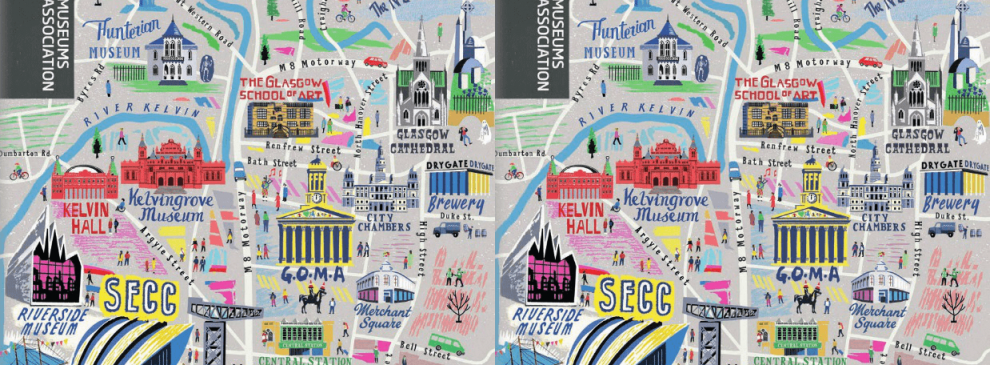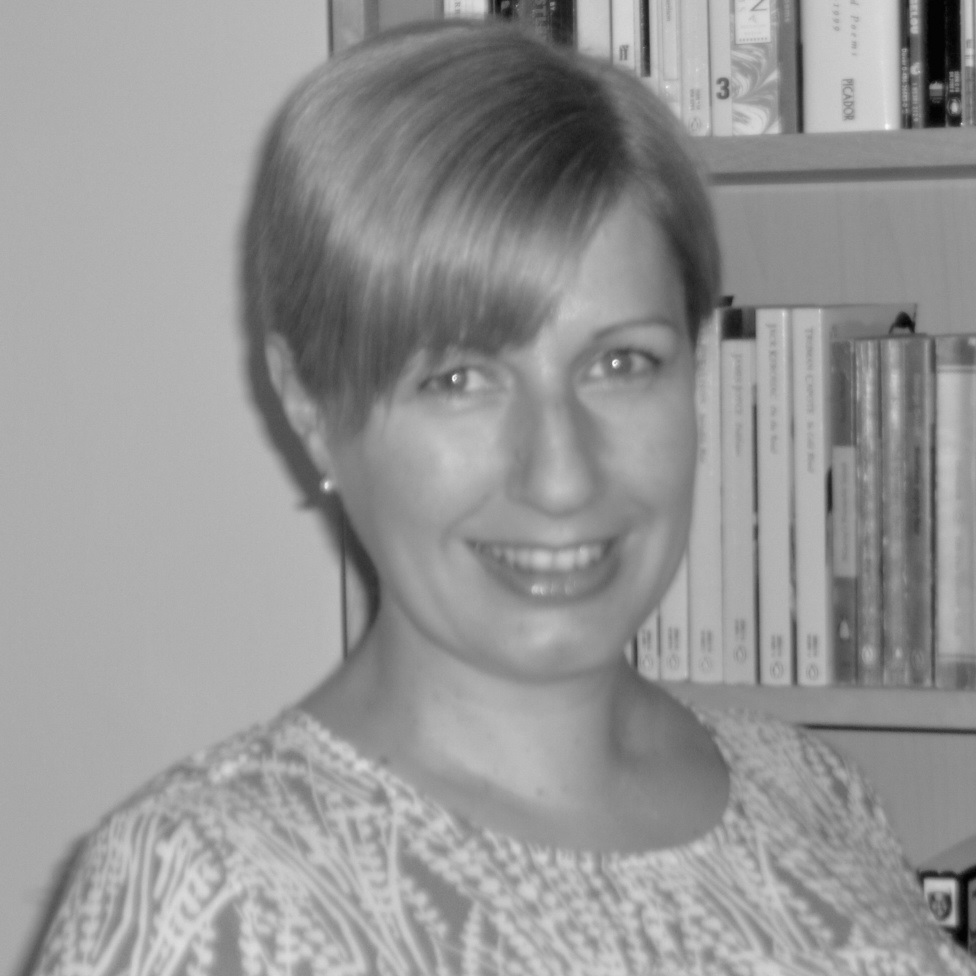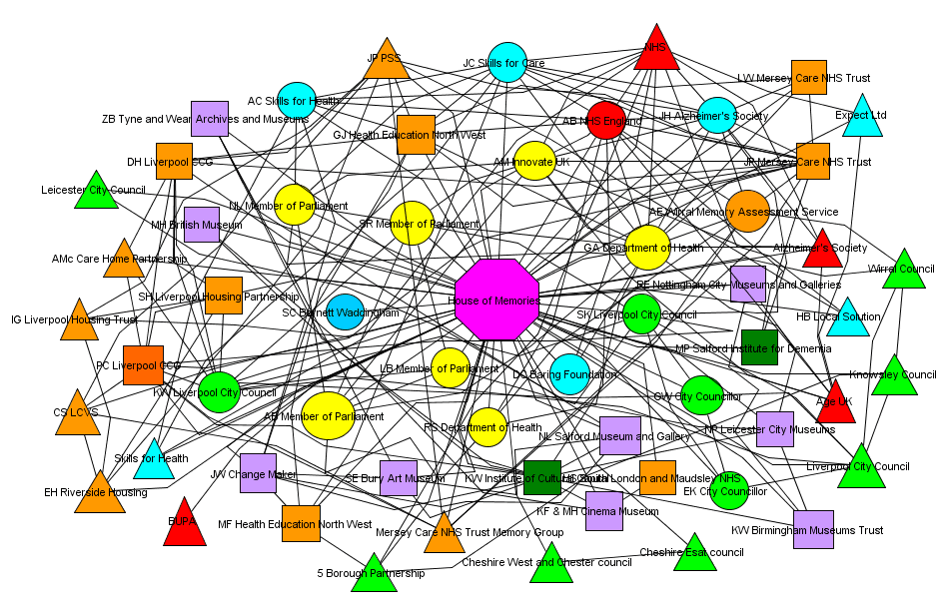Better Together: Museums, Health Care and Collaborative Advantage
Added on Friday, November 11th, 2016
…
The Value of Difference panel session at Museums 2016 was designed to prompt discussion and debate on the complexities, merits and ultimate value of cross-sector working, including the development of a shared vision between museum and health care sectors; the co-production of a mutually beneficial research and evidence base; getting the conversation started; and the importance of being ambitious. Chaired by Carol Rogers MBE, Executive Director of Education and Visitors at National Museums Liverpool (NML), other panel members included Lorraine Burgess, Macmillan Dementia Nurse Consultant at the Christie NHS Foundation Trust and Lisa Butland, Director of Innovation and Research at the Innovation Agency (Academic Health Science Network for the North West Coast). Both Lorraine and Lisa are expert advisers on NML’s award-winning dementia awareness programme House of Memories.
How should health and museum sectors design a shared vision for health and wellbeing?
We are starting to see a more explicit aligning of and growing synergy between public health policy and cultural policy in the UK. This is creating a ‘strategic space’ for museum and health sectors to come together and make the most of the opportunities presented by the collaborative ethos of current political discourse.
From a public health perspective, the Marmot review of health inequalities presented a direct correlation between health inequalities and social and economic inequalities. Where we live and how we live has a direct impact on our health and life expectancy, influenced by material circumstances; social environment; psychosocial factors and behaviours, each in turn affected by ‘the socio-political and cultural and social context in which [we] live’. The review encouraged a cultural shift in health care away from reliance on clinical interventions to treat illness to promoting health and wellbeing, including the active prioritisation of preventive, place-based strategies via integrated primary care, local authority and third sector services.
At a local level, this has translated into asset-based approaches, aiming to ‘promote and strengthen the factors that support good health and wellbeing, protect against poor health and foster communities and networks that sustain health’. An important prerequisite is to recognise the assets available to achieve change, including the individual, organisational, associational, economic, cultural and physical resources available to communities.
So how has cultural policy responded? There is a growing strategic momentum behind arts, health and wellbeing, as illustrated by the formation of a dedicated All Party Parliamentary Group and subsequent inquiry, launched in 2015 to ‘inform a vision for political leadership in the field of arts, health and wellbeing, in order to support practitioners and stimulate progress’. The DCMS Culture White Paper published in March 2016 explicitly encourages improving relationships between cultural sectors, public commissioners and local partners via ‘better collaboration’ with agencies including health and social care services. This ambition towards greater integration with public services is also evidenced and incentivised through place-based funding streams and programmes, including for example the recently launched Great Place Scheme.
The museum sector is being openly encouraged therefore to create a shared vision with health professionals, and museums should make sure that they’re part of local health strategies and national policy conversations as valuable community and civic assets.
How can we co-produce an evidence base that underpins the shared vision?
Research and evidence on the outcomes of collaborative work between museum and health sectors needs to be equally collaborative and systemic, and embedded in the collaborative strategy and work plan on a formative basis from the very beginning. This requires a cultural shift, similar to that being encouraged in health care policy, away from short-term, summative evaluation studies, usually commissioned towards the end of a project with a minimal budget. Research needs a layered, multi-method approach, designed to identify and interrogate a range of outcomes relevant to all stakeholders.
The Crossing Boundaries research programme for example has been developed in this spirit between the Institute of Cultural Capital and NML. Focused on the House of Memories dementia awareness programme, our holistic research framework includes methods to measure three distinct but complementary outcomes including professional learning and development, mapped against the national Dementia Core Skills Education and Training Framework; the impact of House of Memories on the subjective wellbeing of participants and subsequent impact upon the ‘culture of care’ within participating services; and finally social value and social return on investment (SROI) analysis, translating professional development and wellbeing outcomes into recognisable, strategic social value indicators and economic impact for participating professional sectors.
This research has been developed through a collaborative relationship beginning in 2012 with successive evaluation commissions from NML and now with internal funding support from Liverpool John Moores University and the University of Liverpool. Research of this nature needs substantial resources – universities therefore should form an integral part of museum and health sector collaborations. They have the resources to support your work – just one PhD scholarship creates a three-year empirical study. Museums should appeal to ‘civic university’ ambitions and strategies in the HE sector, currently reflected in commercial sponsorship of local arts and cultural organisations and the formation of regional networks such as Culture Forum North. Be part of this momentum!
| ‘Museums need to proactively position themselves as cultural assets in health promotion and prevention… inviting health organisations and professional communities in to museum spaces to see for themselves.’ |
Where should the co-creation conversation start?
Other platforms and mechanisms are now in place to support the strategic alignment of public health and cultural policy and enhanced collaboration between museum and health sectors.
The National Alliance for Museums Health and Wellbeing is an important advocacy body and provides a structural focus for this work, including numerous best practice case studies and networking opportunities. The Cultural Commissioning Programme, funded by Arts Council England and delivered through the National Council for Voluntary Organisations, has been designed to build capacity in commissioning of arts and cultural activities by statutory health and social services. The programme has been outstanding in bringing the two sectors together, raising awareness and building momentum. All such initiatives have been created in the genuine spirit of knowledge exchange and mutual support and development – be confident and engaged!
Locally, there is an imperative to feed this national impetus back and ensure that museums are on the radar of relevant policy bodies and health care agencies, including Clinical Commissioning Groups, Health and Wellbeing Boards, local authority public health departments and any associated health and social care networks. Museums need to proactively position themselves as cultural assets in health promotion and prevention, adopting the language of policy discourse as much as possible, and inviting health organisations and professional communities in to museum spaces to see for themselves.
Dare we aim for the stars?
All public services are under immense strain and can potentially be stronger together. In my own research on the value of collaboration to museum and library sectors, I draw upon critical management theory on collaborative advantage. This is achieved when ‘something unusually creative is produced – perhaps an objective is met – that no organisation could have produced on its own and when each organisation, through the collaboration, is able to achieve its own objectives better than it could alone. In some cases, it should also be possible to achieve some higher-level objectives for society as a whole rather than just for the participating organisations’.
Collaborating with health care sectors to achieve health and wellbeing outcomes is perhaps the ultimate ‘higher-level objective for society’ that museums can aim for. The more integrated and embedded museums can be in local and national cross-sector networks, the easier it is to overcome the conventional pitfalls of arts and health strategy and practice, linked to project-based short-termism. The aim should be to build a sustainable, mutually beneficial and equally rewarding collaborative way of working. We are beginning to see more examples of scalable, integrated health, social and cultural care, including for example social prescribing schemes.
Austerity has hit both museum and library sectors hard and will continue to do so – necessity is after all the mother of invention. The more our cultural assets position and legitimately defend themselves as valuable public services, the less dispensable they will be to local authorities. The strategic space has been created, the time is now and museums have nothing to lose.










